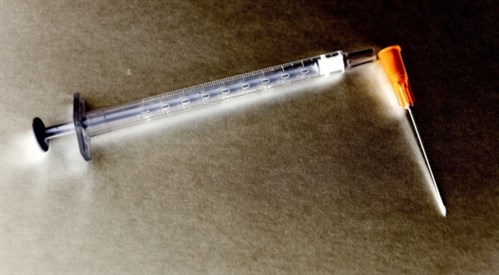Left behind? People who inject drugs and the global HIV response
At a meeting of the UNAIDS PCB in Geneva, UN agencies, governments and NGOs gathered to discuss ‘fast-tracking’ the international HIV response. In the sidelines, Harm Reduction International, is ringing the alarm bells for people who inject drugs, who are being left behind in global efforts to end AIDS by 2030.
19 Dec 2016Since 2006, HRI has mapped the response to drug-related HIV and viral hepatitis epidemics in policy and practice around the world. Collaborating with service providers, academics and advocates to pull in information from every corner of the globe, this is the only project of its kind. But it ultimately tells a tale of political neglect, unchecked epidemics and systemic human rights violations.
Released last month, the 5th edition of the Global State of Harm Reduction report shows that of 158 countries where injecting drug use is reported, more than a third (68) still do not provide needle and syringe programs and half (78) do not offer opioid substitution therapy.

For the first time, we report no progress in the number of new countries establishing needle and syringe programs. This is especially worrying given the increasing amphetamine injecting reported in all regions, a practice already linked to HIV outbreaks in several countries.
The benefits to employing harm reduction approaches are many – harm reduction saves lives, saves money and promotes the dignity and human rights of people who use drugs. With a vast evidence base behind them, the implementation of harm reduction programs is a no-brainer from health, economic and human rights perspectives.
Click here to read the full article
If you have any comments please tweet us @idhdp or visit our facebook page
Doctors can lead the way to healthier drug policies – join IDHDP now
Share this on:
